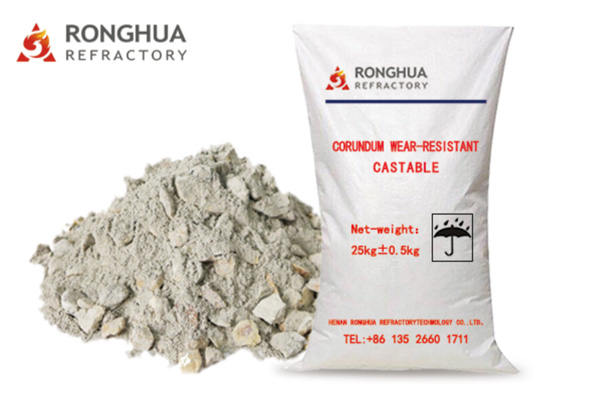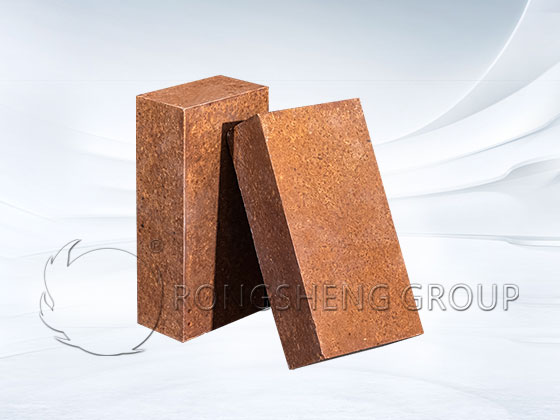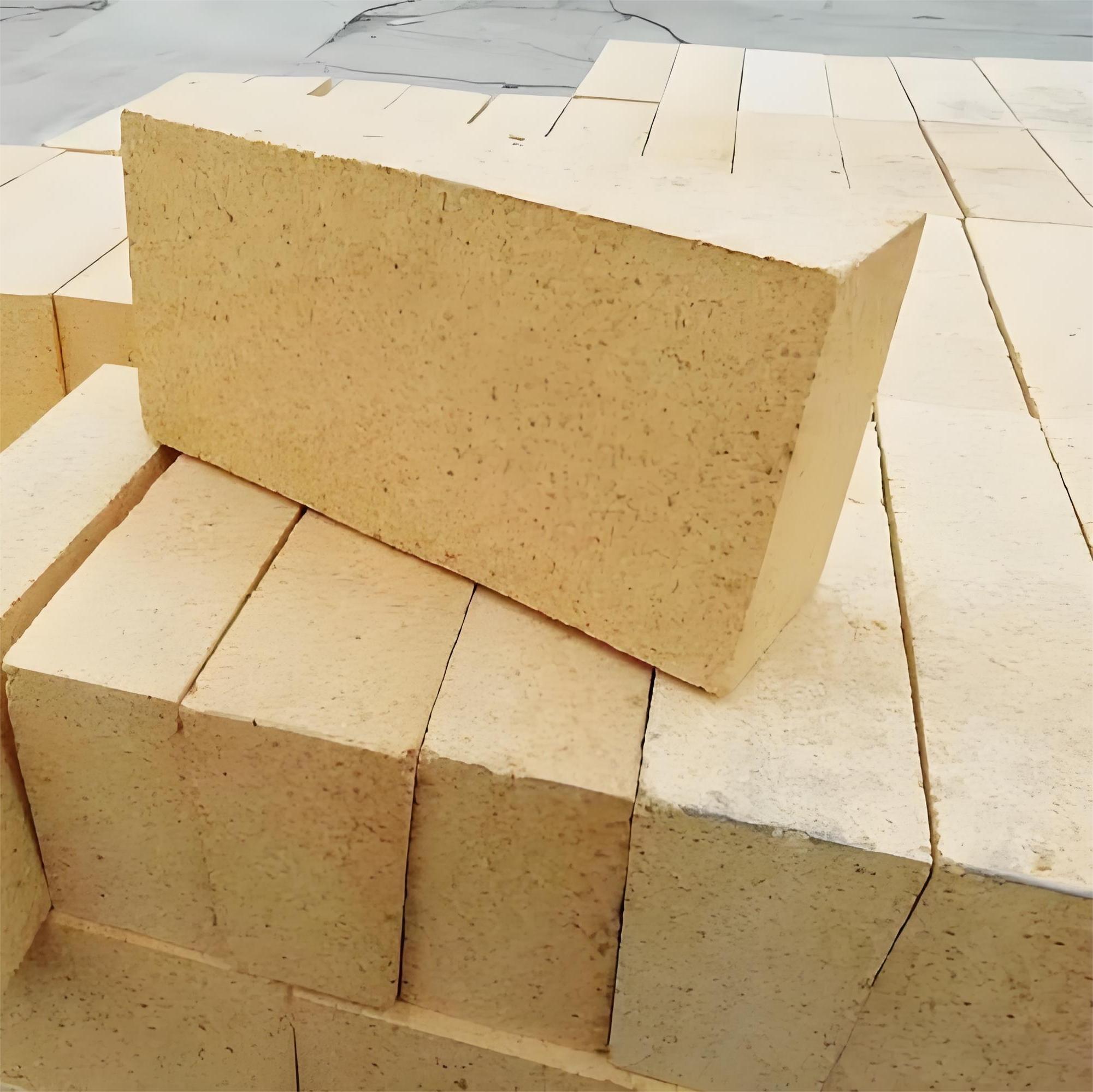
Selecting optimal refractory materials for harsh, high-temperature industrial applications remains a critical challenge across steelmaking, cement production, and glass manufacturing sectors. Among available solutions, certified acid-resistant carbon refractory bricks stand out by offering exceptional performance, safety assurance, and customization options tailored to complex operating conditions.
Acid-resistant carbon bricks deliver reliable protection within extreme thermal environments, featuring a refractory temperature range from 1770°C to 2000°C. This high melting point guarantees structural integrity under prolonged exposure, preventing deformation or decay commonly seen in substandard materials.
Beyond temperature resistance, their superior acid corrosion resistance stems from optimized carbon content and proprietary additives, allowing effective defense against sulphur-containing slags and acidic atmospheres prevalent in metallurgical furnaces. These dual properties combined significantly extend campaign life cycles, reducing downtime and maintenance costs.
| Feature | Specification | Benefit |
|---|---|---|
| Refractory Temperature | 1770°C – 2000°C | Maintains structural stability in extreme heat |
| Acid Corrosion Resistance | High resistance to sulphuric and acidic slags | Prevents premature wear and failure |
| Carbon Content | Tailored carbon percentages via customization | Optimized for specific industry needs |
"CE and ISO certifications are not mere formalities—they validate the brick’s compliance with rigorous safety and quality standards recognized worldwide, ensuring durability, reliability, and environmental responsibility in high-demand industrial environments."
CE marking indicates conformity with European health, safety, and environmental protection legislation, a critical benchmark for products employed in stringent regulatory climates. Meanwhile, ISO standards guarantee consistent manufacturing processes and material properties, providing buyers with measurable assurances of long-term performance.
Acid-resistant carbon refractory bricks find vital roles in sectors including:
Backed by more than 20 years of R&D experience, companies like Henan Rongsheng Xinwei Research Institute provide proven expertise and a global service network to support custom brick formulations and consultancy. Their advanced laboratory capabilities enable adaptation to diverse operating conditions, ensuring optimal selection and implementation.

No two high-temperature industrial setups are identical. A critical advantage of modern acid-resistant carbon bricks lies in their tailored compositional design. Adjustments in carbon content, binder types, and additive minerals allow the bricks to meet specific pH environments, thermal cycling frequencies, and mechanical stress profiles.
This bespoke approach minimizes over-engineering costs while maximizing efficiency and lifespan—key drivers in reducing operational interruptions and boosting industrial output consistency.

For engineers and procurement specialists facing the challenge of selecting refractory materials, integrating certified acid-resistant carbon bricks into your asset portfolio offers both risk mitigation and performance uplift.
Discover technical datasheets, consult with expert engineers, or request a tailored solution to your high-temperature refractory needs.


